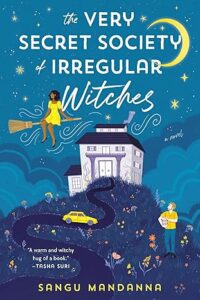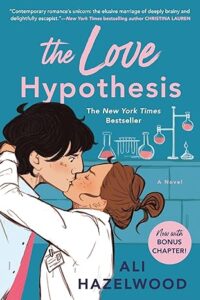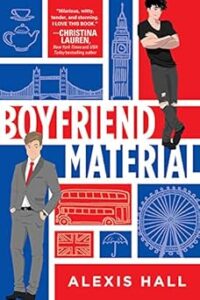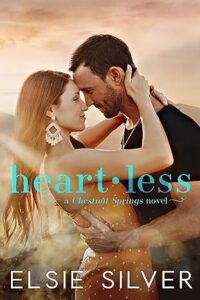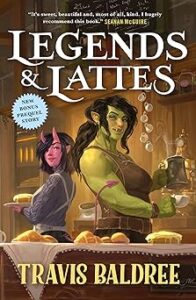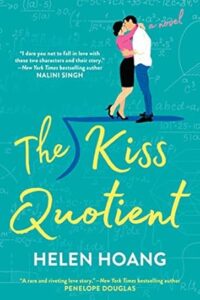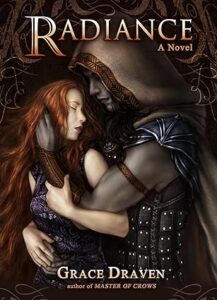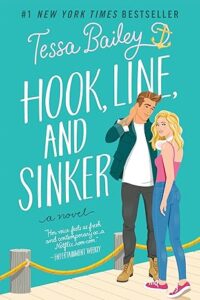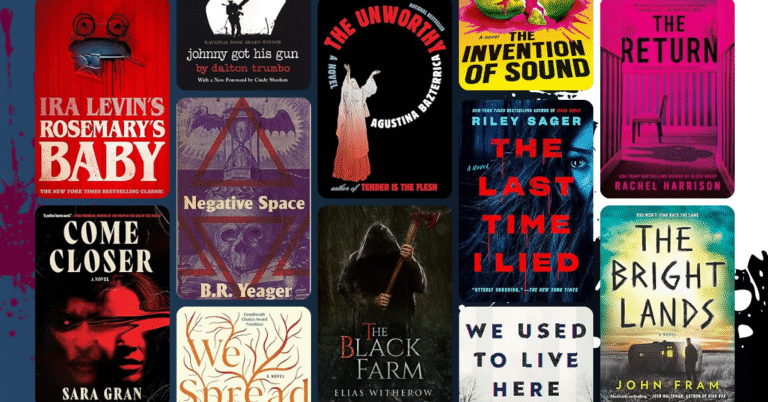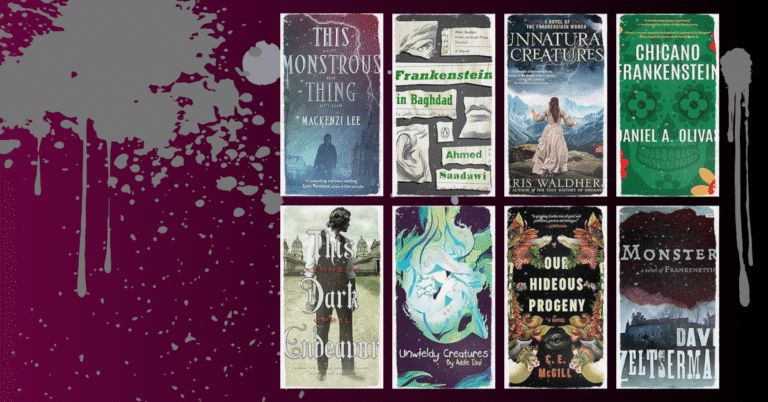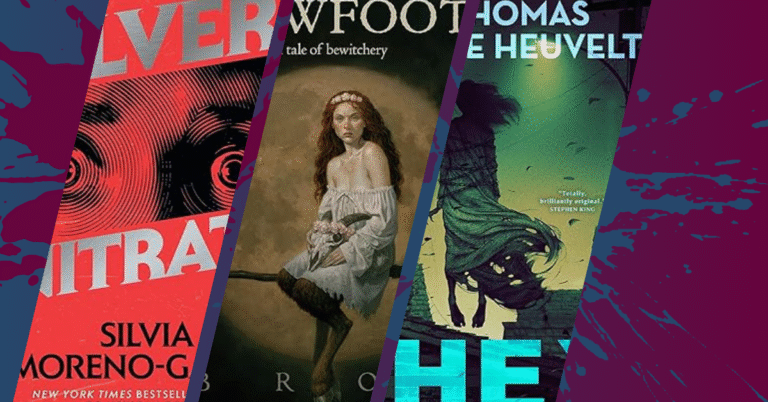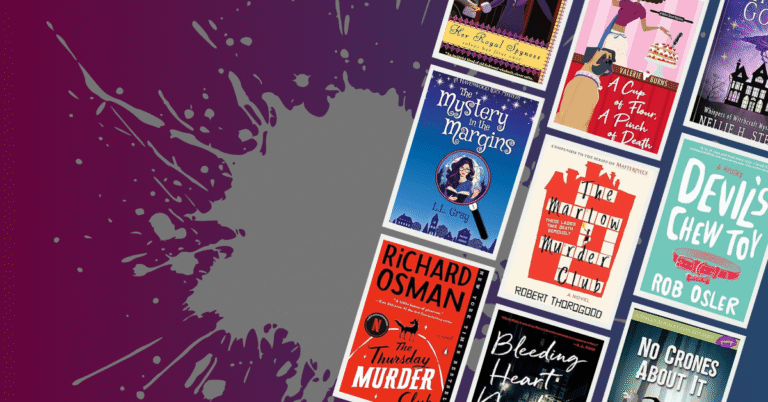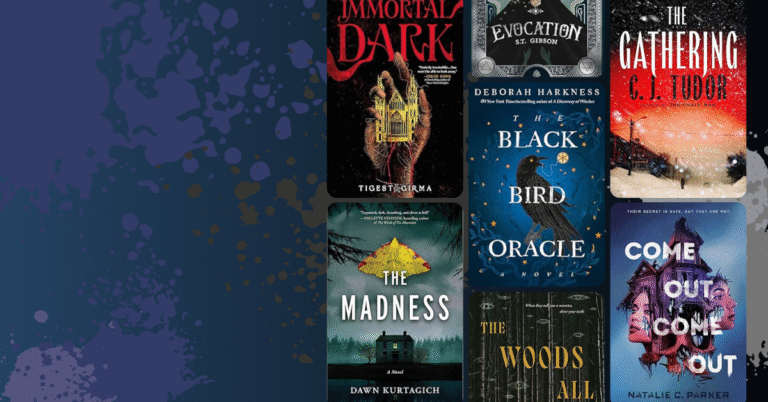Romance has come a long way from stolen kisses to slow burns that ask first. Let’s talk about the genre’s progression.
Once upon a time, a “romance” hero’s idea of flirting was kidnapping the heroine and ruining her marriage prospects. Now? He’s texting her to ask if she got home safe and baking sourdough on chapter three.
Romance stories have always reflected our culture’s fantasies and fears, but in the last few decades, the genre has undergone a full-on transformation. And we’re not just talking about fewer corsets (though… that too). Modern romance embraces consent, emotional depth, and characters who aren’t afraid to cry and climax.
What Were Romance Stories Like “Back Then”?
Before the era of cinnamon roll heroes and mutual pining, romance stories followed a more… rigid script. Think: damsels in distress, alpha males with serious boundary issues, and enough heaving bosoms to make a chiropractor nervous.
The historical romance boom of the ‘70s and ‘80s—aka the bodice-ripper era—brought larger-than-life heroines, sweeping adventures, and a whole lot of problematic power dynamics. Love was often tangled up with coercion, secrets, and the assumption that women just needed the right man to “fix” them.
And while some of those early tropes still hold nostalgic value, they also show how far the genre’s come.
How the Genre Shifted (and Why We Love It)
Romance didn’t just evolve—it rebelled.
Thanks to feminist authors, queer voices, and readers who wanted more than love-at-first-kidnapping, the genre began to shift in the ‘90s and 2000s. Today, emotional intimacy is as important as physical chemistry. Characters ask for consent. Women get to want things—career, sex, space—and still find love.
There’s still plenty of spice (don’t worry), but now it’s paired with vulnerability, slow burns, and actual conversations. We’ve gone from “you belong to me” to “I’d like to worship your entire existence, if that’s okay with you.”
Honestly? A massive upgrade.
Tropes That Aged Like Fine Wine (and Some That… Didn’t)
Tropes are the lifeblood of romance. But let’s face it: some aged like a vintage cabernet, others like a cup of milk left in a hot car.
Still thriving:
-
Enemies-to-lovers (now with fewer murder plots)
-
Second chance romance (because emotional baggage is hot)
-
Fake dating (we will never get tired of this)
Mostly retired:
-
Dubious consent (thankfully)
-
Billionaire jerks with control issues
-
Love as a personality makeover
Modern romance centers connection, communication, and mutual respect with just enough chaos to keep it interesting.
The Romantasy Effect: When Swords and Swoons Collide
Romantasy didn’t just walk in; it arrived on a dragon, shirtless and emotionally scarred.
In blending the epic stakes of fantasy with the swoon of romance, romantasy has taken modern love stories to mythic new heights. The angst is delicious. The yearning is operatic. And the consent? As magical as the fae realms it’s set in.
From political alliances turned soul bonds to morally gray heroes who ask first, romantasy is where emotional depth meets high-stakes thirst. And readers are devouring every page.
10 Romance Stories That Prove the Genre’s Got Range
If your idea of romance is still stuck in the heaving-bosoms-and-horseback-rides era, allow us to reintroduce the genre. These stories bring the heat, the heart, and the evolution—featuring emotionally intelligent characters, consent that actually matters, and plots that go way beyond the marriage proposal. From cozy witchy romances to angsty fae kingdoms, here are 10 books that show just how far romance has come.
*Apropos Books is an affiliate marketer and Amazon Associate. As an affiliate marketer and an Amazon Associate, we may earn from qualifying purchases.*

